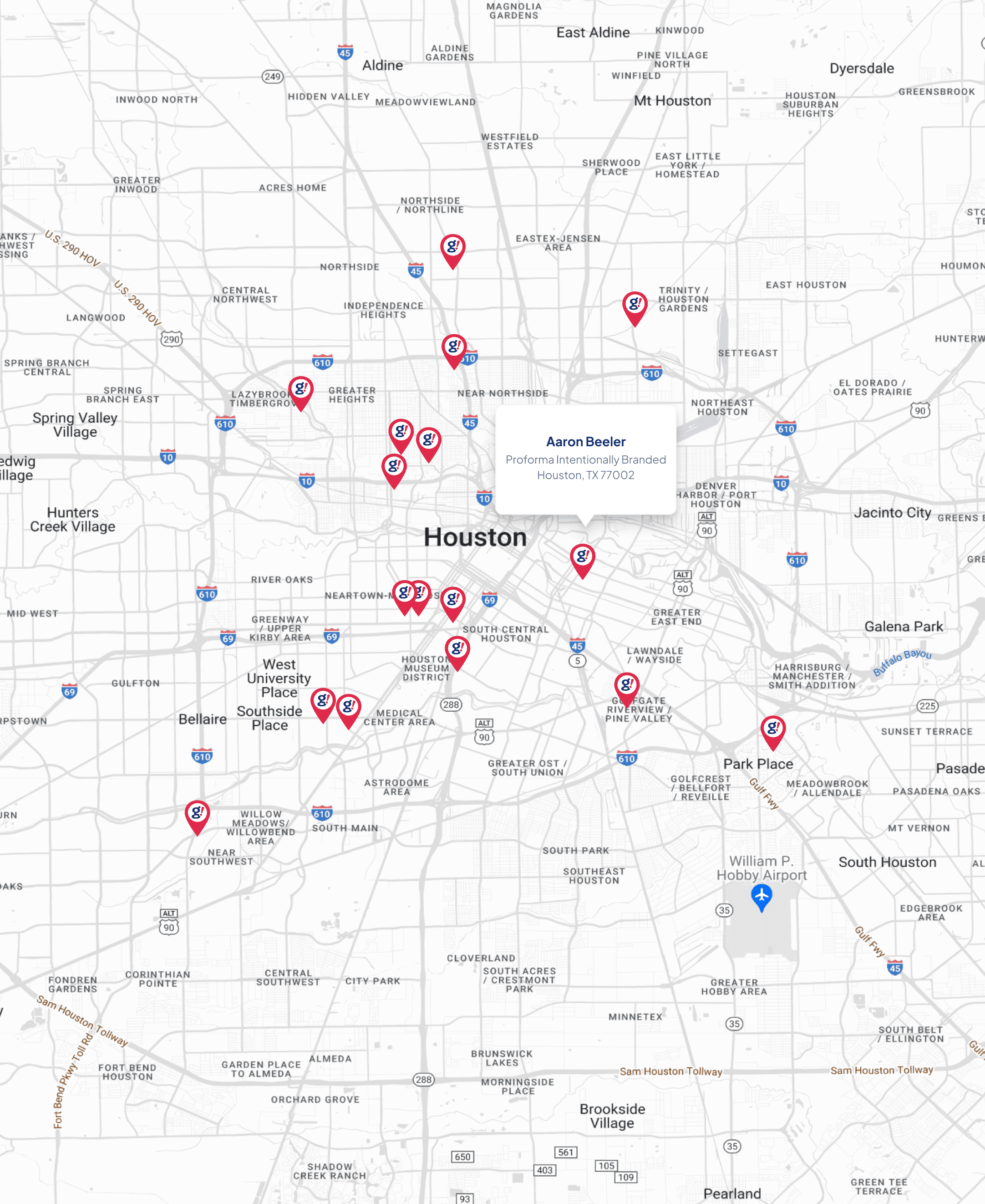How to Speed Up a WordPress Site & Why It Matters
- Updated on: 2019-07-15
- Read original article here

Written by Saylor Bullington on
February 10, 2017
How to Speed Up a WordPress Site & Why It Matters
Is your WordPress website sluggish? Are pages and posts loading slowly and you don’t know why? In this post, we’ll discuss the reasons and show how to speed up a WordPress site.
Why is Your WordPress Site Slow?
Whether your hosting provider, poor code or not optimizing images is to blame, digging into why your website is running slowly is worth the time and effort. Why?
Faster websites result in a better user experience.
Speeding up your website can also help with your Google search rankings, as Google takes into account page loading speed.
Let’s dig into the most common reasons for a slow WordPress website.
1. Poor Hosting Performance
If your website is running slowly, it’s possible your web host is unable to handle large bursts of traffic, or the servers where your website reside are not optimized.
In addition, shared hosting providers seem like a good idea, but they often fail to provide efficient loading times because you are sharing a server with countless other websites that may or may not be optimized.
2. Poor Code
Inefficient code can also slow down a WordPress website. If you are familiar with HTML, CSS or JavaScript, you probably have an idea of how much code is necessary to run a WordPress website. Excessive code or repeating the same bit of code over & over without utilizing a function/subroutine can slow performance of your website. Code quality is a good reason to only use WordPress themes and plugins from trusted, reputable sources, and from premium WordPress companies that have been around awhile and know what they’re doing.
3. Large, Unoptimized Images
Large images have the potential to really slow down a website. If a page or post is trying to load large images (I’ve seen posts with 6MB images embedded!), you’re going to see a significant decline in page loading times.
Why Website Speed Matters
Every second counts when it comes to page speed especially when speed has the potential to affect your SEO ranking.
47% of consumers expect a web page to load in 2 seconds or less.
40% of people abandon a website that takes more than 3 seconds to load.
A 1-second delay in page response can result in a 7% reduction in conversions.
I am guilty of sacrificing speed to accommodate better aesthetic design, however, users tend to care more about speed than design. Additionally, speed can directly affect sales by increasing conversion rates.
How to Speed Up a WordPress Site
Now that we have established why it is important to have speedy a WordPress site, let’s talk about how to speed up a WordPress Site. Remember, it’s important to discover whether it is hosting or dense, inefficient code causing the problem.
1. Choose a Good WordPress Hosting Provider
We will start with discussing how to find a good WordPress host. Contact the host directly to ask for names of websites they host and use those to test performance. Some web hosts have examples of sites on their website.
The following tools can help you evaluate example hosted sites (or your own site’s current host):
LoadStorm – Stimulate user loads to check performance and speed
Blitz.io – Test static caching of your WordPress site’s homepage
Uptime Robot or Pingdom – Monitor real-time uptime statistics with an external service
WebPageTest.org – Test the speed and performance of your website
WPPerformanceTester – WordPress performance plugin
Also, consider our checklist for how to find the best WordPress host for things to look for in a good WordPress host.
Tip: If you discover you just need to switch to a better web host, a WordPress backup plugin like BackupBuddy can help with that.
2. Caching
Caching has the potential to make drastic changes to the speed of your WordPress site.
Caching stores data, meaning when a web page is cached, the computer doesn’t have to go retrieve it again and piece everything together to present a web page. The page has been cached, the work is done and all the computer has to do is show it.
As it is with anything, some caching plugins are better than others. We recommend W3 Total Cache plugin for increasing website performance and reducing download times.
Unfortunately, caching is not the be-all-end-all answer to slow loading speeds. Web pages are changed constantly because companies constantly want and need to show users new information.
3. Optimize Images
Using the appropriate image format can significantly reduce the file size, thus increasing site speed. File formats used for the web are JPEG, PNG, GIF and SVG. It is also helpful to know the difference between raster and vector images.
Raster graphics or images are composed of a certain number of pixels and are not scalable beyond their maximum length and width. Vectors, on the other hand, are composed of paths and are infinitely scalable. Additionally, vectors have a much smaller file size and faster processing speed.
Spend time learn what format is best for every scenario. This will make a difference and save you tremendous amounts of time in the long run.
Resize your images. I’ll say it again, RESIZE YOUR IMAGES. This has the potential to significantly speed up your WordPress website and is one of the most effective ways to optimize images.
Don’t use a giant image and simply depend on CSS to rescale it. This not only slows down your site, it also results in reduced resolution.
Scalable Vector Graphics (SVG) offer a ton of benefits including infinite scalability, and reduced file size, but they can be tricky to use. Fortunately, there are a number of learning resources and a practical guide for SVG on the web . If you are feeling up to the challenge, by all means, go for it, even if you aren’t technically a developer.
Image optimization can have a drastic effect on the speed of your WordPress website. You will thank yourself later for learning how to optimize images and putting it into practice.
4. Remove Unnecessary Plugins
Remove unnecessary plugins. Not only will this lend a hand to increasing overall speed, it is also a good security measure. Don’t force your WordPress query to sort through more nonsense than it actually needs to sort through.
You can always go download a plugin later if you desperately need it back. For now, if it’s nonessential, remove it.
5. Minify Code
Minify code. Remember that browsers don’t really care what the code looks like, but every single whitespace in your source code take a little bit of time to load into your visitor’s browser.
Use a plugin like Better WordPress Minify to do the minifying for you.
6. Adjust the Placement of your Scripts
The way a web page is displayed on your visitor’s browser is by starting at the top of the file and going step-by-step until it reaches the end of the file. This means that if you have loaded up your section with a TON of scripts, nothing else gets loaded until all the scripts finish loading.
It’s an easy fix to move the scripts to the bottom and the CSS files to the top.
Additionally, be careful of external scripts.
Not the scripts being pulled from CDNs or Google’s script server, but rather code/scripts used for Facebook or YouTube. Every time you embed a video or use a social sharing plugin or even social comments, consider how long it will take to load all those scripts.
More on How to Speed Up a WordPress Site
Google’s PageSpeed Insights tool analyzes the content of a web page and offers suggestions to make the page faster.
It’s important to note that speed isn’t everything. Your site still needs to achieve the initial goal it was created for.
Want content like this delivered right to your email inbox?
Share this post with your friends
Other related posts



